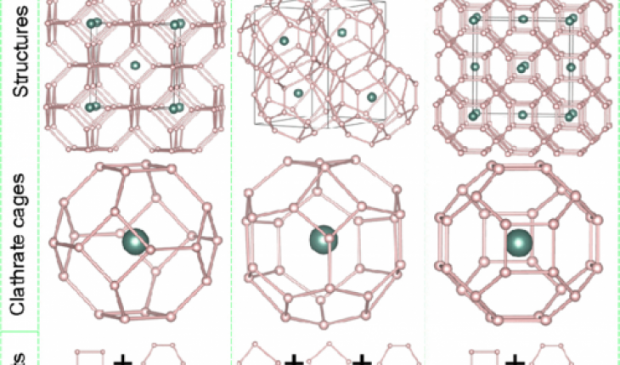
Breaking News
 Trump Morphs From Asset to Liability for Israel
Trump Morphs From Asset to Liability for Israel
 This Silicon Anode Breakthrough Could Mark A Turning Point For EV Batteries [Update]
This Silicon Anode Breakthrough Could Mark A Turning Point For EV Batteries [Update]
 US-Russia detente pushing ahead with or without Zelensky
US-Russia detente pushing ahead with or without Zelensky
 Silver up over $2.26... Today! $71.24 (and Gold close to $4500)
Silver up over $2.26... Today! $71.24 (and Gold close to $4500)
Top Tech News
 Travel gadget promises to dry and iron your clothes – totally hands-free
Travel gadget promises to dry and iron your clothes – totally hands-free
 Perfect Aircrete, Kitchen Ingredients.
Perfect Aircrete, Kitchen Ingredients.
 Futuristic pixel-raising display lets you feel what's onscreen
Futuristic pixel-raising display lets you feel what's onscreen
 Cutting-Edge Facility Generates Pure Water and Hydrogen Fuel from Seawater for Mere Pennies
Cutting-Edge Facility Generates Pure Water and Hydrogen Fuel from Seawater for Mere Pennies
 This tiny dev board is packed with features for ambitious makers
This tiny dev board is packed with features for ambitious makers
 Scientists Discover Gel to Regrow Tooth Enamel
Scientists Discover Gel to Regrow Tooth Enamel
 Vitamin C and Dandelion Root Killing Cancer Cells -- as Former CDC Director Calls for COVID-19...
Vitamin C and Dandelion Root Killing Cancer Cells -- as Former CDC Director Calls for COVID-19...
 Galactic Brain: US firm plans space-based data centers, power grid to challenge China
Galactic Brain: US firm plans space-based data centers, power grid to challenge China
 A microbial cleanup for glyphosate just earned a patent. Here's why that matters
A microbial cleanup for glyphosate just earned a patent. Here's why that matters
 Japan Breaks Internet Speed Record with 5 Million Times Faster Data Transfer
Japan Breaks Internet Speed Record with 5 Million Times Faster Data Transfer
Yttrium hydrogen compound should be room temperature superconductor when under extreme pressure

A collaboration between the University of Cambridge and Jilin University has published the results of a computational search for materials that might superconduct at even higher temperatures.
An extensive search for the stable structures and compositions of rare earth hydrides was performed using first principles density functional theory based methods. The superconducting transition temperatures for the stable metallic compounds were calculated using the same theoretical techniques that were used to anticipate the superconductivity in dense hydrogen sulphide. The highest temperatures were predicted for pressures that are around those found in the center of the Earth. It is a challenge for the future to find materials that superconduct at high temperatures and everyday low pressures.



